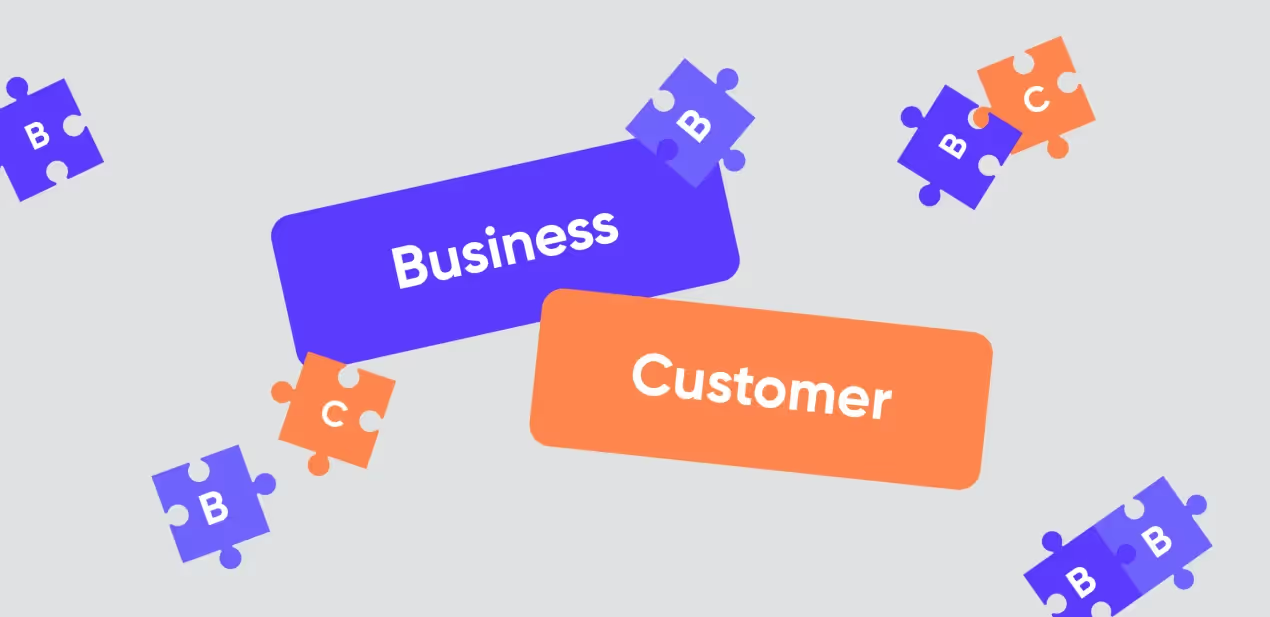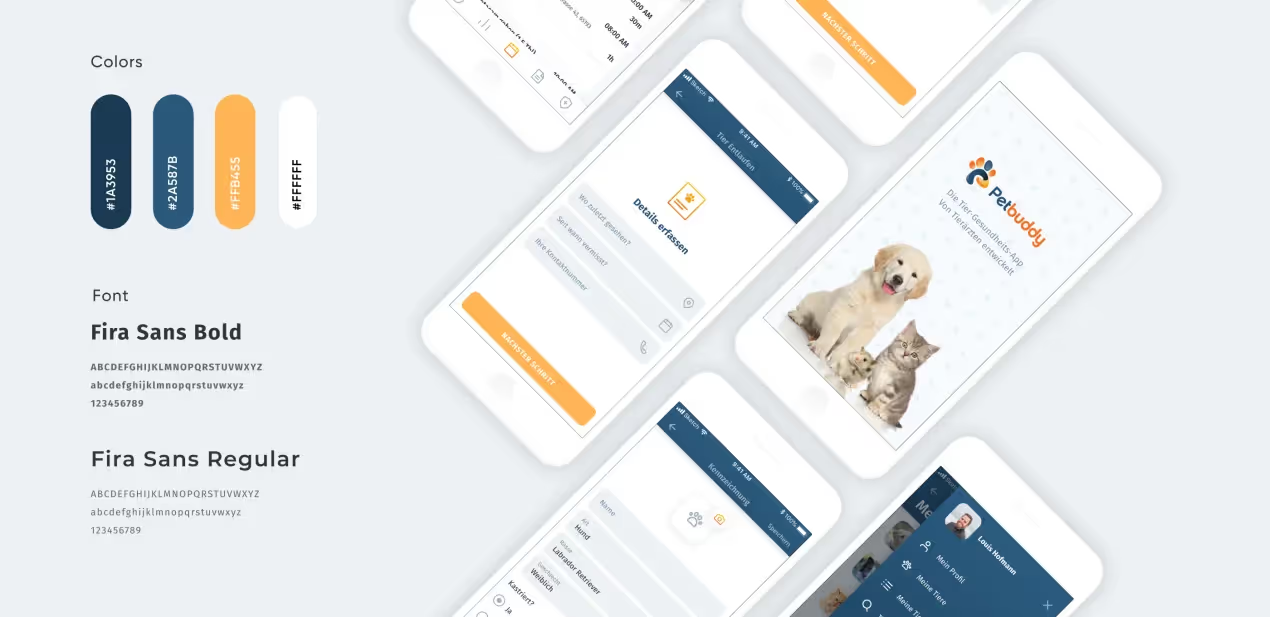



Expectation: You build a robust marketplace platform in 3 months, release an MVP, attract investors and get positive customer feedback. Then you launch an app, hit millions of downloads and get into the top of both the AppStore and GooglePlay.
Reality: You have a brilliant idea to build a marketplace app but don’t know where to start. How much does the marketplace app development cost? How to choose key features? Where to find a contractor? What to know to nail the marketplace app development? All these questions inhabit your head.
Don’t be stressed out, we’re here to help. The marketplace is a trending niche of mobile app development. Since everything has moved to mobile devices, we are able to shop, rent and book services on our smartphones. The market is not only diverse but also dense and fast-growing. Statistics claim that in 2020 around 2.05 billion people have used marketplaces globally, and the pandemic has only increased the long-term in-app usage – 78% of customers say they would prefer to access the marketplace via an app.
At Purrweb, we develop and launch a marketplace MVP in 3 months. In this article, we share 3 proven strategies that we use to help our clients make their ideas more solid and competitive. Enjoy!
In short, a marketplace is a platform that connects buyers and customers. It acts as a mediator between those who have a product of a service, and those who want to get it. There are two classic ways to classify such apps: by what they offer and by whom they offer it.
What? There is a group of marketplaces that work with one type or product or service. For example, Airbnb offers housing, Uber deals with taxi rides and UpWork connects employers and freelancers. Another type of apps provides any kind of services and things possible, like Alibaba, AliExpress, Amazon, and so on.
To whom? All marketplaces are spinning around two letters «B» and «C». B stands for business, and C means consumer. There are B2B, B2C, C2C, and even C2B platforms. In this article, we will be focused on consumer-to-consumer, or so-called peer-to-peer (C2C) platforms, but we can build a marketplace app for a business as well.

Before building an online marketplace, we recommend figuring out what category your app falls in and defining your business model. After it’s done, you can move to execution.
Although the marketplace app can unlock many benefits for your company, it might also bring some obstacles, like:
Apps with complex architecture and interface can take longer to execute. But with an experienced developer, nothing is impossible. At Purrweb, we know how important speed is when working on such dynamic markets like marketplace apps. That’s why we have set the time and cost limit for an MVP – 3 months and $30 000. The MVP is not a prototype, it is a fully-functioning product with appealing and user-friendly UI/UX design, that can be used for gaining initial feedback and raising funds.
Here we share 3 effective strategies to build a marketplace app that will help you win your competitors over.
First thing to do in order to nail marketplace development is to analyze your competitors and determine your strengths and weaknesses. We recommend having several brainstorm sessions to discuss what helps you stand out from the rest of competitors. Check out our list of questions that can help:
For example, Airbnb offers accommodation for tourists and business travelers around the world. It was not the first housing rental startup, but one of the first ones that has been targeted at real people. Their unique selling point is peer-to-peer service and communication – the company replaced hotels’ pages with personalised host profiles and transparency, and a user knows who lives at an apartment and who has stayed there.

Fun fact: we often think that Airbnb’ target audience is youngsters and millenials, and it truly was like that in the beginning. However, since 2017, there’s been a 120% increase in the number of senior hosts over 60 years old. Obviously, Airbnb had to review and correct their external and internal communications to consider diverse customers’ range. Eventually they remodeled the platform and came up with a slogan «Airbnb for everyone».
Such changes of audience or marketing strategy are inevitable, so our recommendation is to be always ready to pivot the startup and to adapt to the new reality.
The next step is to define the key features of your app. We advise using the User Story Mapping – the technique that helps to recreate and map a journey of your customer and pick what they would need the most on every step. For example, you want to build a marketplace like Airbnb and provide peer-to-peer housing around the world. Put yourself in the position of the users, when they download and open the app for the first time. That’s how it looks.
Step 1: You would need the search functionality: to set dates and the location. After you see the catalog, you would probably crave for filters to find something more fitting, like choose the number of bedrooms or parking.
Step 2: You would text a host to see if the apartment is available and to discuss details about coming – here, messaging functionality is a must.
Step 3: When the decision is made, it is time to pay. Payment features should include debit/credit cards, GooglePay, Apple Pay, as well as PayPal. If it is your first time purchasing you’re likely going to want to use a promo code and make sure your financial data will be secure.
Step 4: After the housing is booked, it is time to sit back and relax. But if last-minute changes happen, it is important to have push-notifications on to be updated.
Step 5: If the first trip went smoothly, a user is expected to want to go and explore one more city. Notifications can serve as a gentle reminder that more cities are awaiting and help users’ engagement. Also, the trip could be so good that you want to repeat it once again. In this case, order history is a crucial tool for checking where you have stayed before.
If your marketplace platform is two-sided, like Airbnb, we advise creating a journey of both a guest and a host to consider the needs of both parties.

Yes, if you map a user’s journey carefully, you will see that a robust app needs a lot of functions to be considered and executed. At Purrweb, we believe that the design should be technically feasible and iOS and Android guidelines oriented. Even for an MVP stage – a raw and sloppy interface will not motivate users to get back to it.
Firstly, we recommend thinking about navigation. It should be easy and smooth when it comes to marketplace app development. Imagine, you want to go to the countryside with your friends for a weekend. To book a car, you open a carsharing app and instead of the map with available options, you see an endless list of locations. Or you want to get an SUV and there are no filters in the search functionality, and you have to scroll dozens of pages manually. Would you give the app a second chance?
That’s why the app interface should be premeditated and perfectly polished, even for the MVP stage. When the marketplace is user-friendly and easy-to-understand, it increases the engagement and the CRR (customer retention rate).
Secondly, an experienced UX-designer will choose styles, fonts and color schemes to help you with conveying the values of your company. We start with defining the main usage scenarios, like how customers come to your app, what steps they take and what goals they accomplish. Then we create a design concept of multiple screens, discuss it with you and after we build a marketplace app prototype.
Let’s reinforce! In order to build a competitive and definitive platform, you need to know where your company is coming from – what you are going to offer and to whom. Arrange brainstorming sessions with your team and define your business model. Moving to the next step, feel free to use our 3 proven strategies a.k.a 3 secrets how to conquer customer-to-customer development process.
➡️ At Purrweb, we build a marketplace MVP in 3 months and with the cost limit $30 000. If you want to get a free estimation of your app and chat with us about marketplace development, just reach out to us anytime via Telegram or Whatsapp or <a class="blog-modal_opener">fill in the form</a>. Also, you can alway check our portfolio and reviews .
We would like to hear your thoughts on the future of marketplaces! Will pandemic change the way we shop and book services forever? Follow us on Facebook or Instagram and let us know what you think.